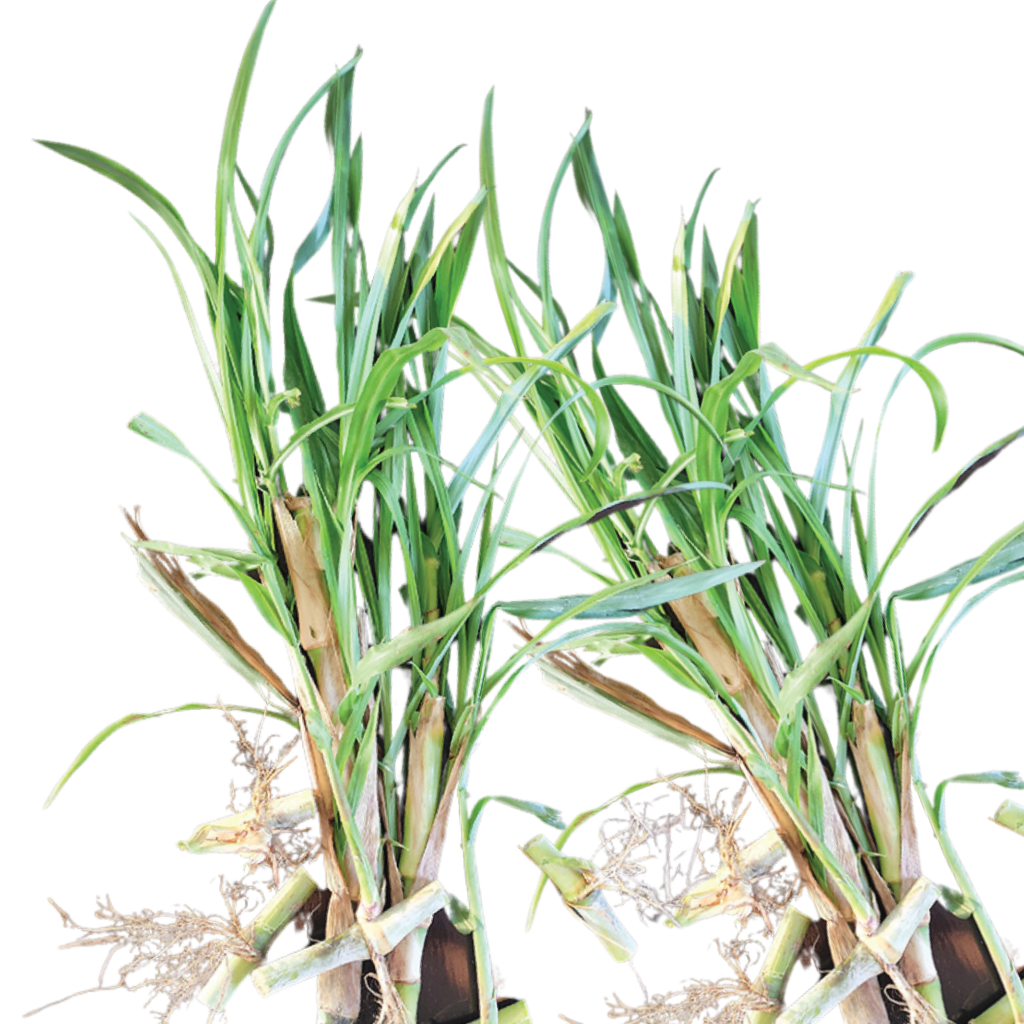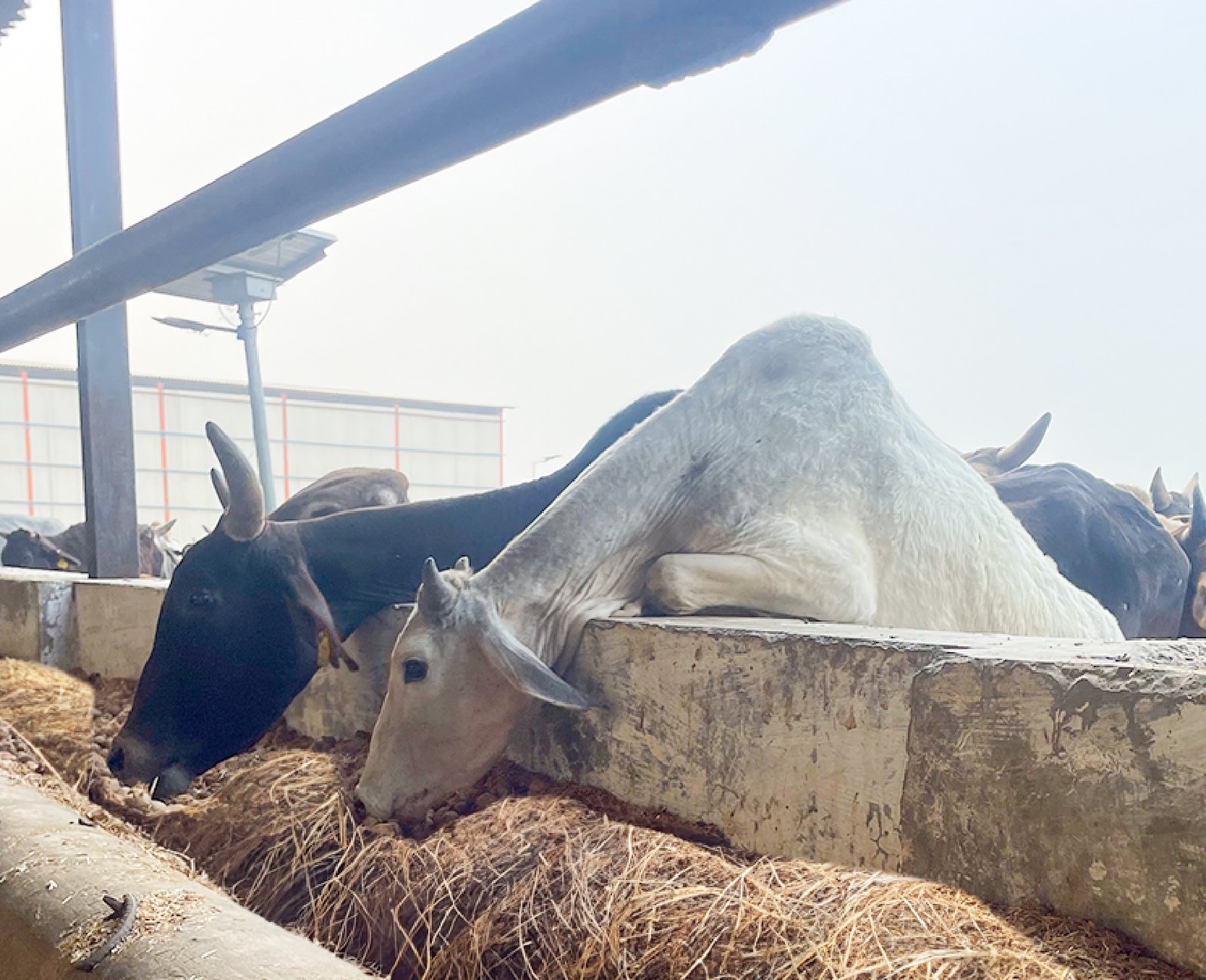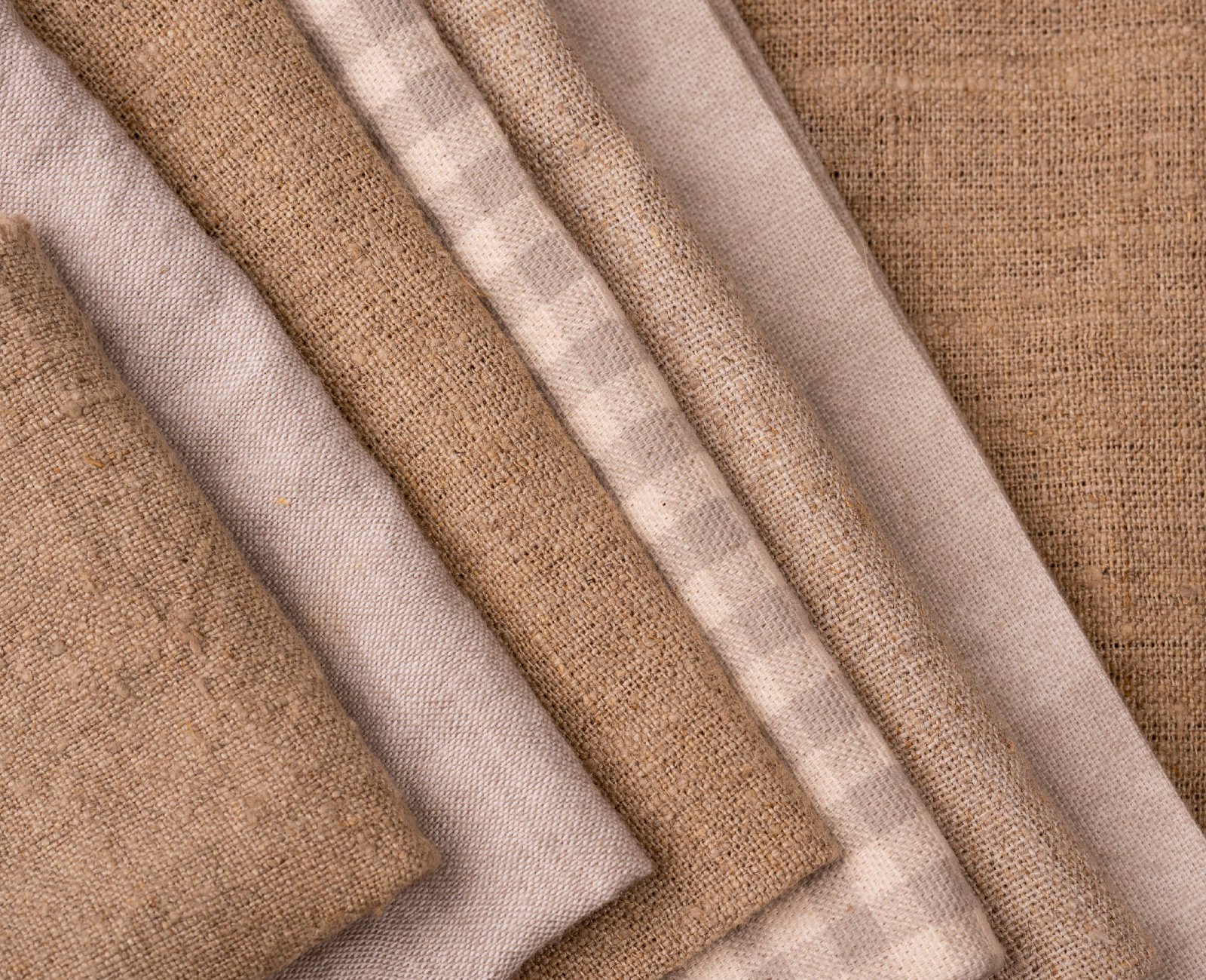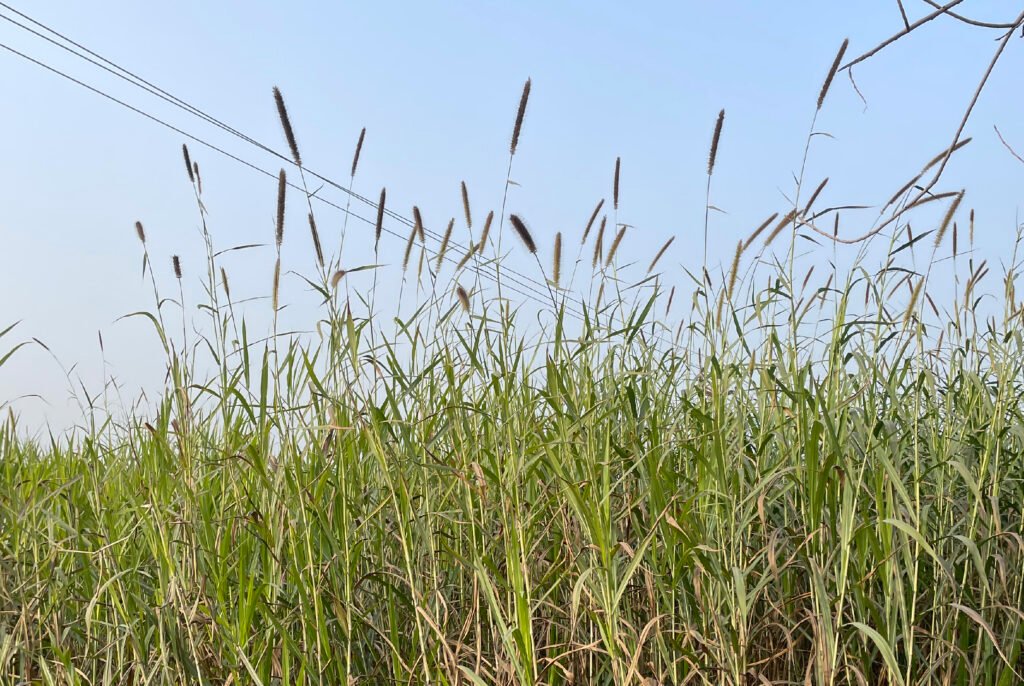PENNISETUM PLANT VARIETY
PLANTS PER ACRE
TONNES CO2
SEQUESTERED ANNUALLY
Dense Plantation
Planted in a 3×2 sq. ft. layout
Grows up to 6 – 8 feet high at the time of harvest.
A drought-resistant variety that yields annually upwards of 250 metric tonnes.





